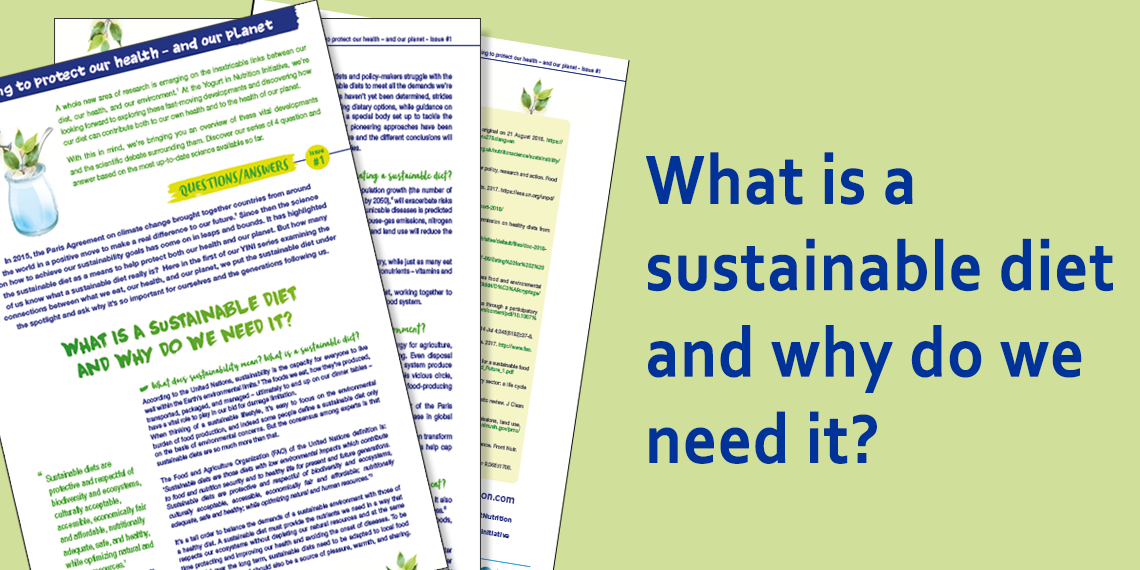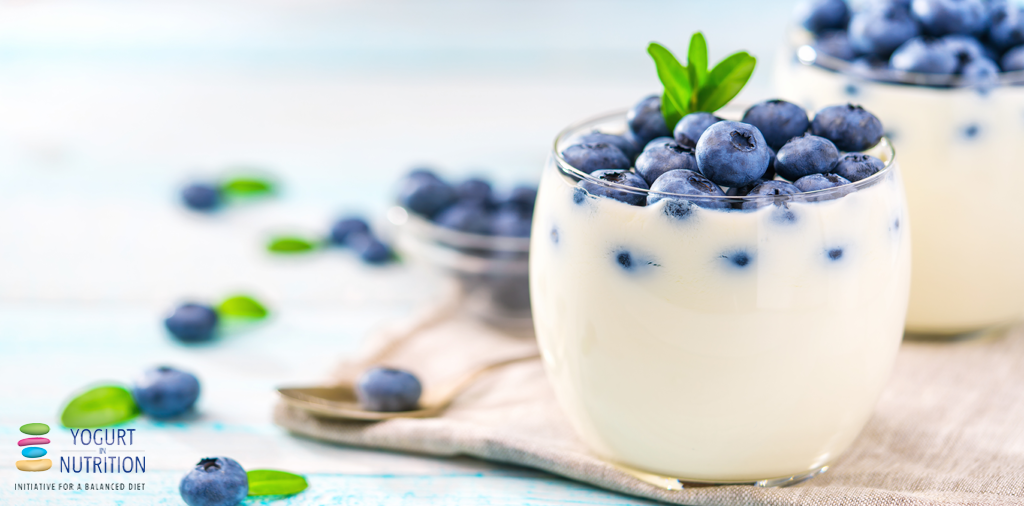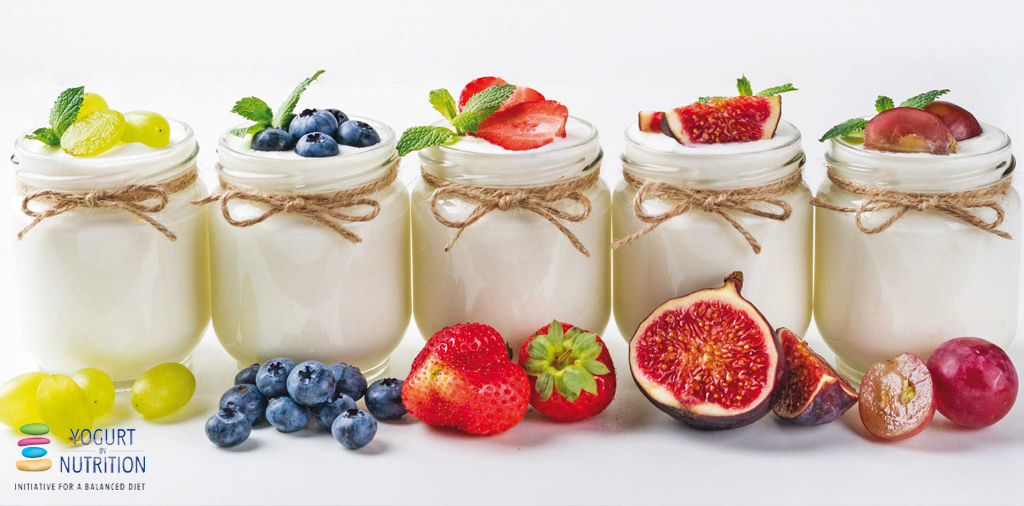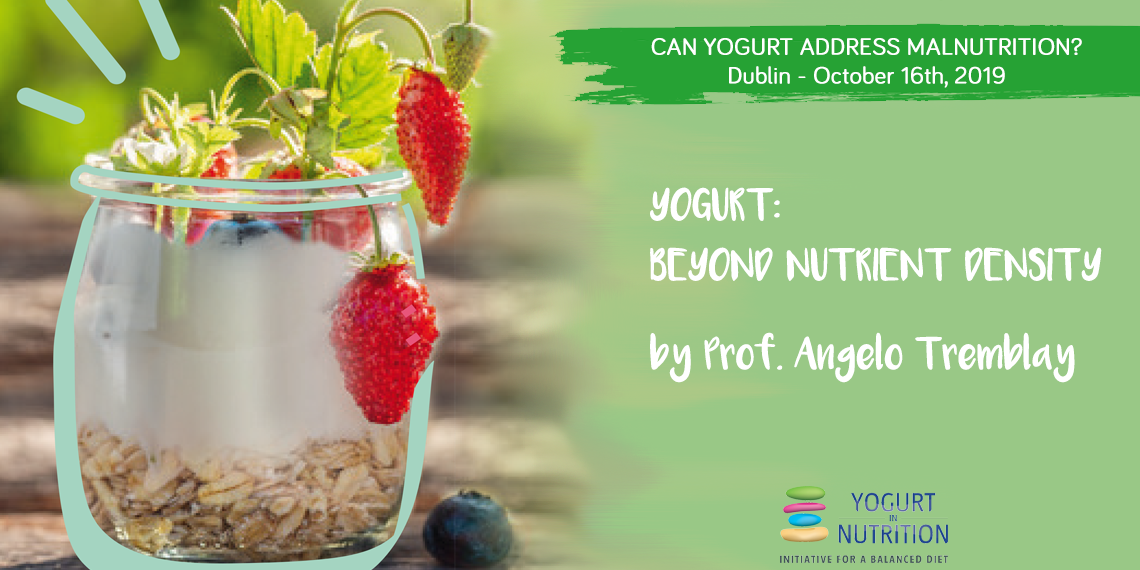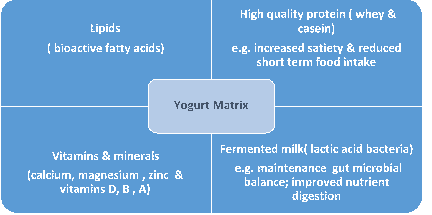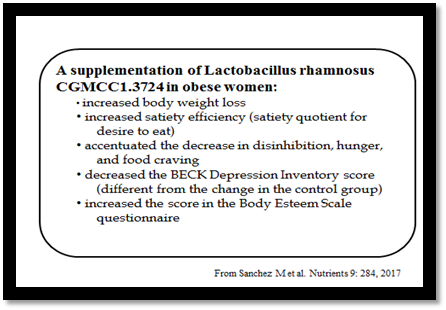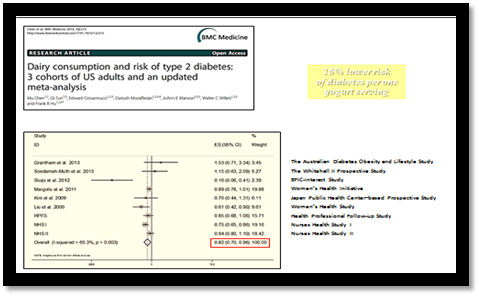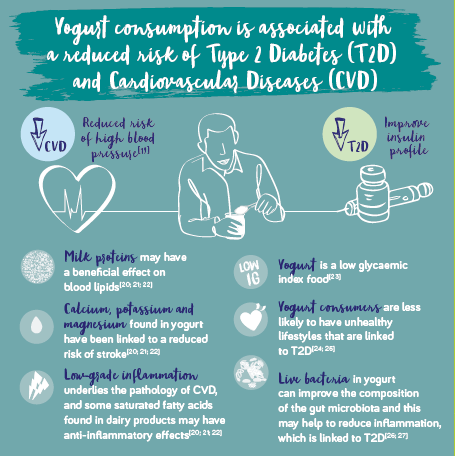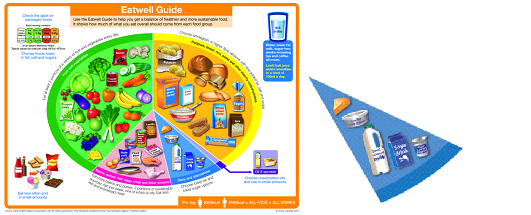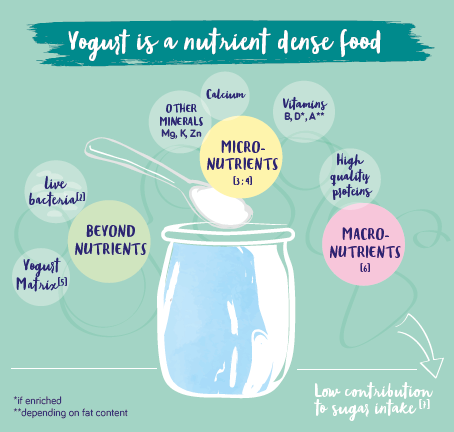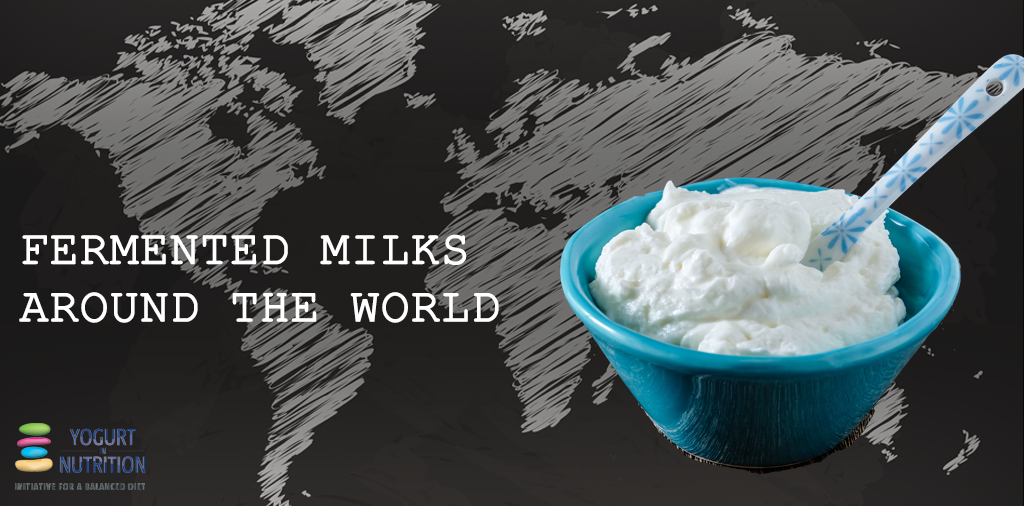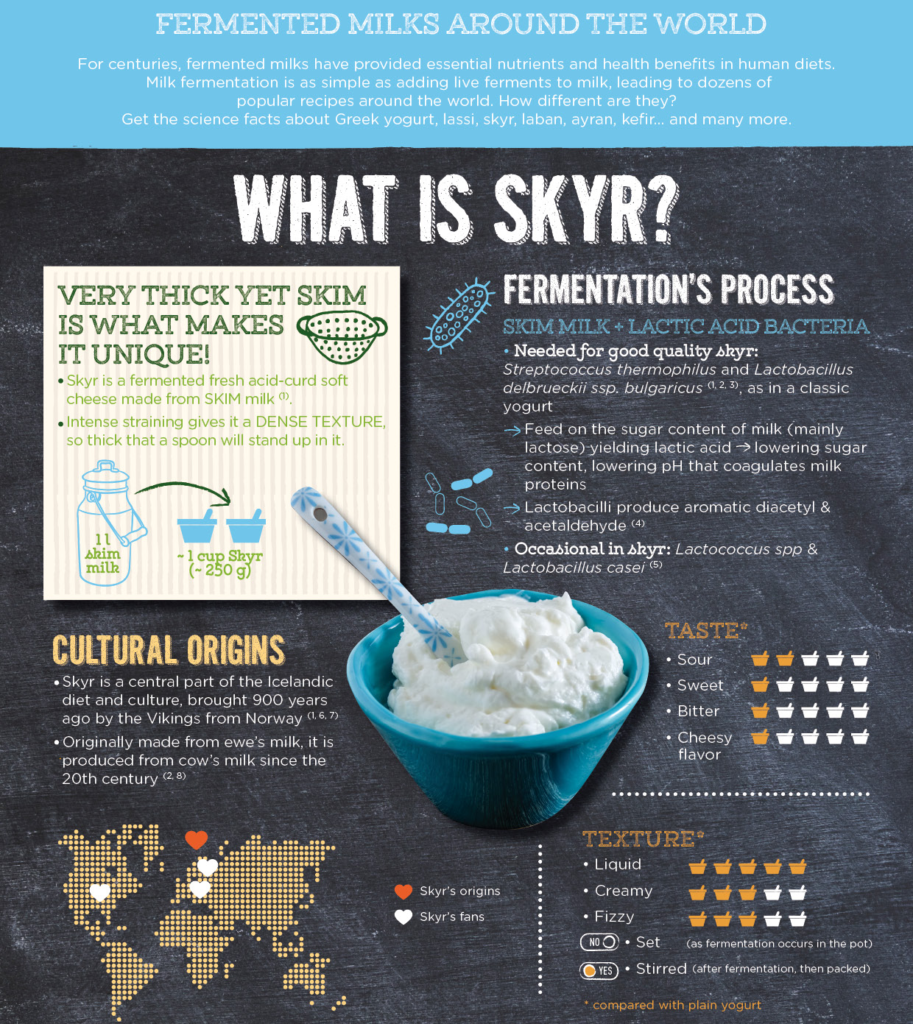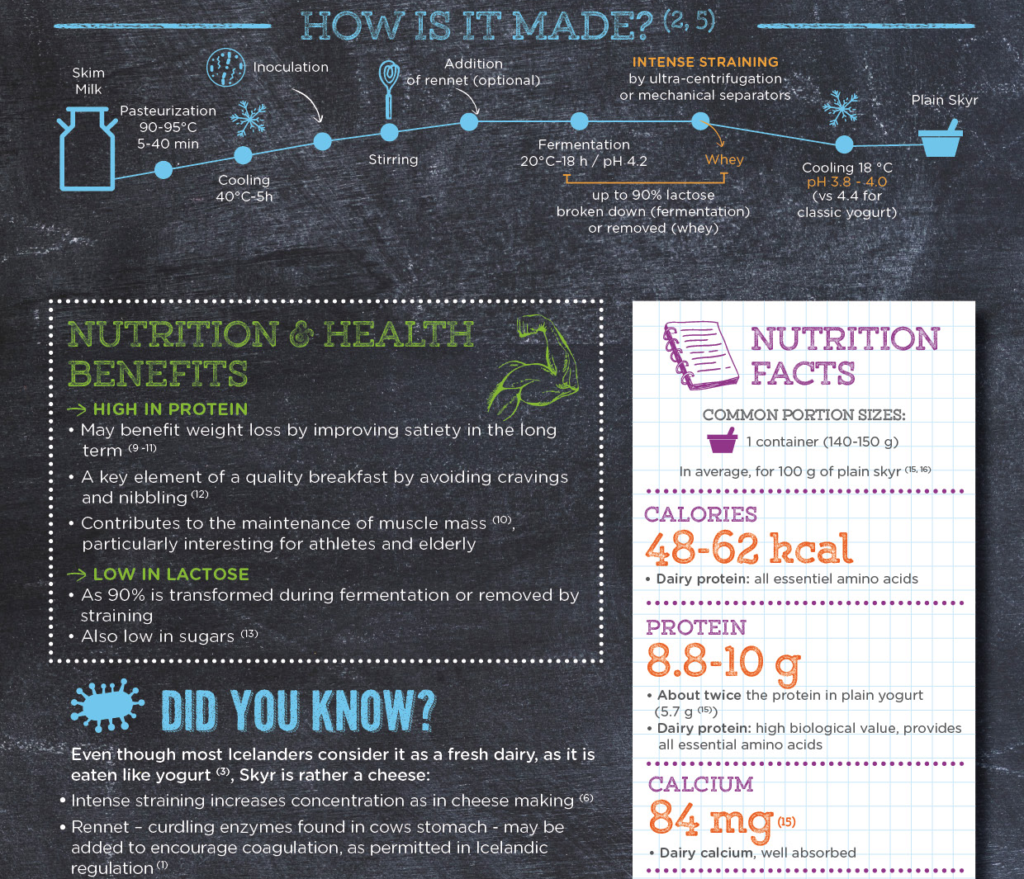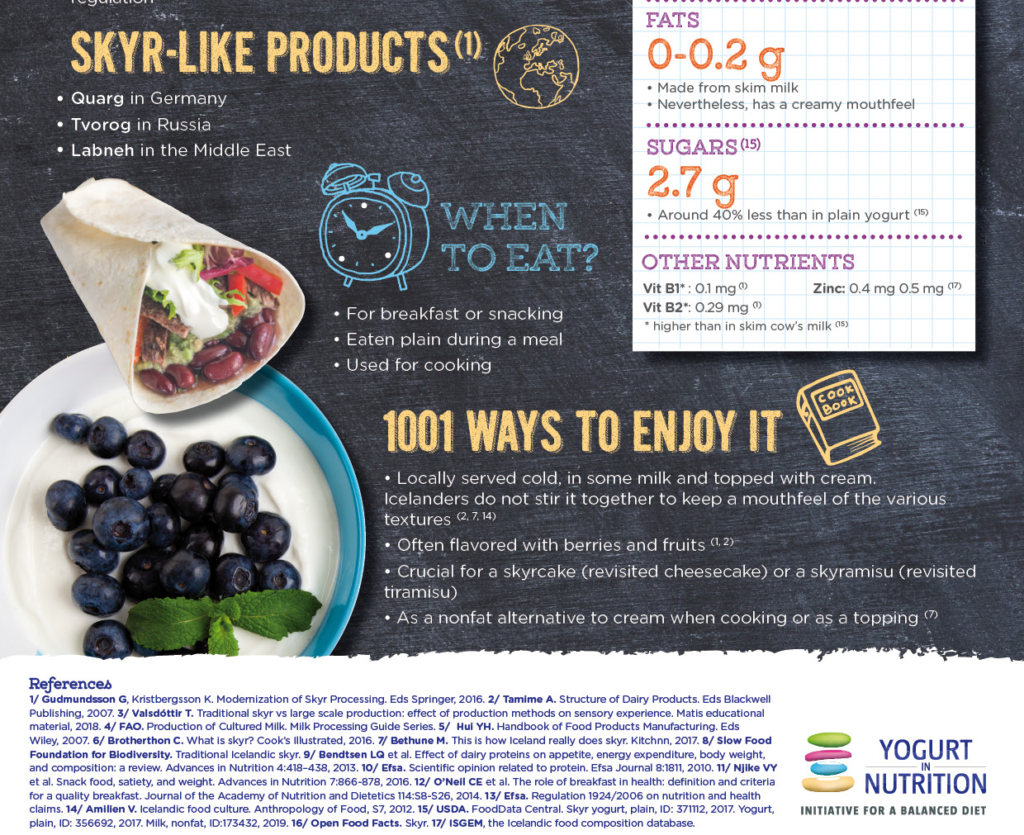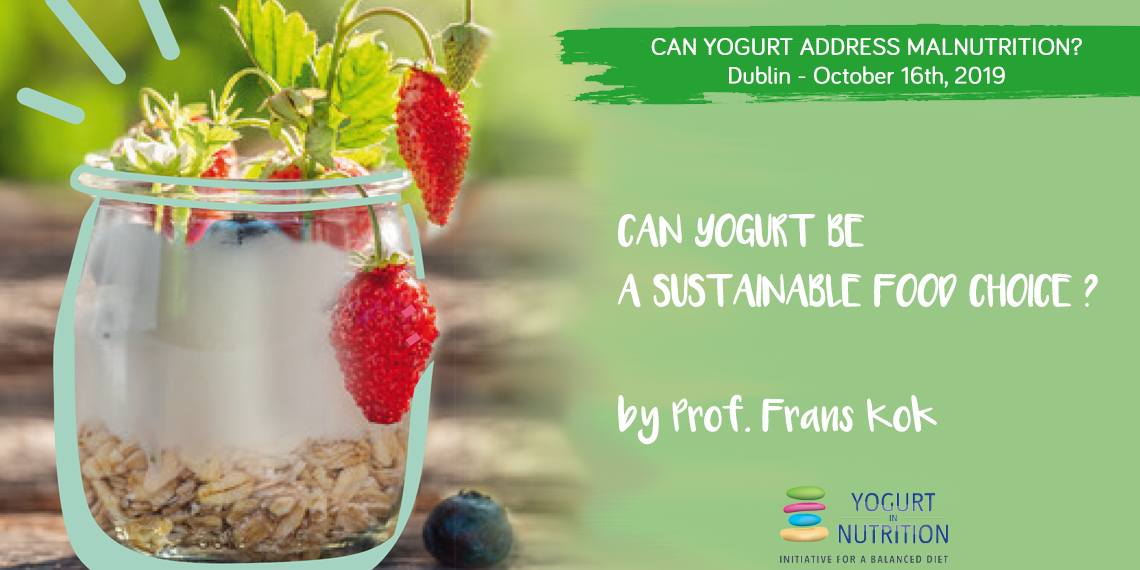In 2015, the Paris Agreement on climate change brought together countries from around the world in a positive move to make a real difference to our future.1 Since then the science on how to achieve our sustainability goals has come on in leaps and bounds. It has highlighted the sustainable diet as a means to help protect both our health and our planet. But how many of us know what a sustainable diet really is? Here in the first of our YINI series examining the connections between what we eat, our health, and our planet, we put the sustainable diet under the spotlight and ask why it’s so important for ourselves and the generations following us.
What does sustainability mean? What is a sustainable diet?
According to the United Nations, sustainability is the capacity for everyone to live well within the Earth’s environmental limits.2 The foods we eat, how they’re produced, transported, packaged, and managed – ultimately to end up on our dinner tables – have a vital role to play in our bid for damage limitation.
When thinking of a sustainable lifestyle, it’s easy to focus on the environmental burden of food production, and indeed some people define a sustainable diet only on the basis of environmental concerns. But the consensus among experts is that sustainable diets are so much more than that.
The Food and Agriculture Organization (FAO) of the United Nations definition is: ‘Sustainable diets are those diets with low environmental impacts which contribute to food and nutrition security and to healthy life for present and future generations. Sustainable diets are protective and respectful of biodiversity and ecosystems, culturally acceptable, accessible, economically fair and affordable; nutritionally adequate, safe and healthy; while optimizing natural and human resources.’3
It’s a tall order to balance the demands of a sustainable environment with those of a healthy diet. A sustainable diet must provide the nutrients we need in a way that respects our ecosystems without depleting our natural resources and at the same time protecting and improving our health and avoiding the onset of diseases. To be successful over the long term, sustainable diets need to be adapted to local food habits and cultures, and should also be a source of pleasure, warmth, and sharing. Not least, they must taste good!
So it should come as no surprise that scientists and policy-makers struggle with the daunting task of identifying the best sustainable diets to meet all the demands we’re making of them. Although the ideal solutions haven’t yet been determined, strides are being made by pioneering studies exploring dietary options, while guidance on immediate first steps has been proposed by a special body set up to tackle the challenge, the EAT-Lancet Commission. Other pioneering approaches have been looking at solutions for a more sustainable future and the different conclusions will be covered in the next instalment of our Q&A series.
‘Sustainable diets are protective and respectful of biodiversity and ecosystems, culturally acceptable, accessible, economically fair and affordable, nutritionally adequate, safe, and healthy, while optimizing natural and human resources.’ – Burlingame & Dernini S, FAO 20103
Why should we be concerned about eating a sustainable diet?
Current dietary trends combined with our global population growth (the number of people on Earth is predicted to reach almost 10 billion by 2050),4 will exacerbate risks to people and planet. The global burden of non-communicable diseases is predicted to worsen and the effects of food production on greenhouse-gas emissions, nitrogen and phosphorus pollution, biodiversity loss, and water and land use will reduce the stability of the Earth system.
Already, more than 820 million people in the world go hungry, while just as many eat too much,5 and still more eat poor quality diets (too few micronutrients – vitamins and minerals – or too many high-calorie foods).
That’s why we should all take steps to eat a sustainable diet, working together to transform our diet and the system we use to provide it – the food system.
‘A radical transformation of the global food system is urgently needed.’ – EAT-Lancet 20196
How is our food system linked to the environment?
The journey our food takes to reach our dinner plate uses energy for agriculture, transport, processing, packaging, distribution, retail and cooking. Even disposal of waste food takes up energy. All these elements of the food system produce greenhouse gases which contribute to climate change. And in this vicious circle, global warming may put further pressure on our over-stretched food-producing environment.
Our current food system makes us less likely to meet the target of the Paris Agreement, set by 195 countries, which promised to hold the increase in global average temperature to well below 2°C.7
But promising results are emerging from studies suggesting that we can transform our food system to reduce its impact on the environment and perhaps help cap global warming.6-10
How much of our carbon footprint comes from what we eat?
About one-quarter of our carbon emissions come from our food production.11 It also takes up 70% of freshwater use12 and is the major driver of global biodiversity loss.8
Animal products tend to generate higher carbon emissions than plant-based foods, with beef production being a particular concern.
According to the World Resources Institute, beef uses more land and freshwater and generates more greenhouse gas emissions per unit of protein than any other commonly consumed food.13 Ruminants – mainly beef – are responsible for nearly half of the greenhouse gas emissions from agricultural production. Given the impact on the environment of rising demand for beef, reducing its consumption is likely to play a key role in limiting the rise of global temperatures to 1.5 or 20C, in line with the Paris climate change agreement.
Dairy products, on the other hand, may have a much lower impact on the environment than meat, studies suggest. In terms of total global greenhouse gas emissions, the dairy sector represents only 2.9% compared with 14.5% for the whole of livestock production.14
It may be easy to forget that certain fragile exotic fruit and vegetables that are transported across the globe by airplanes are associated with higher greenhouse gasses than locally-produced foods, because of the energy used through their transport.
How can we work towards a brighter future?
The good news is that we can change the world through what we eat and how we produce and manage food. Researchers have estimated that by changing current diets, greenhouse gas emissions from food could be reduced by as much as 50%.15,16 Changing agricultural practices may add further reductions.6,10
But what is less certain is the best way to achieve this. It’s not simply a case of cutting out animal products from our diet. For a diet to be sustainable, it must balance the environmental gains from changing the composition of our diet with our need to eat an enjoyable, healthy diet that provides all the nutrients we need. Moreover, the choices we make in terms of agricultural practices (local, seasonal, organic, fair trade etc.) can make an additional big difference.
So how can we make our food system more sustainable?
A sustainable food system is determined by agricultural productivity, diversity of food supply, the affordability of food for consumers, and use of natural resources for agriculture.17
Recent studies point to three main pathways towards a sustainable food system that ensures a healthy diet for a growing population while preserving natural resources:
- we need to transform our eating habits – we need to eat more plant-based foods and fewer animal-source foods especially red meat, while maintaining a healthy balanced diet
- we need to reduce food loss and waste
- we need to change the way our food is produced and managed – this means more environmentally-friendly farming methods, preventing the spread of agriculture into new land, such as forests and preserving biodiversity.
We’ll talk more about these pathways in our next instalments.
How are sustainable diets for the future being identified?
Pioneering studies are modeling sustainable diets of tomorrow to identify pathways that can help us provide healthy and nutritious food to our growing population while respecting environmental limits.
Among them, the EAT-Lancet report sets scientific targets for sustainable food production around the world and forming a framework for actions we need to take immediately to protect our health and that of the planet.6 Although it has been challenged in parts,18 the EAT-Lancet report represents an important step towards guiding the changes needed at a global level.
Other landmark studies that are helping to point the way to a sustainable future have been looking at more environmentally-friendly food production,9,10 and different types of diet that could work sustainably on a regional and local basis7,8. You will see more in a few days with Question #3 on food production .
Summing up – can we reverse the trend?
One of the biggest challenges facing the world today is how to feed our growing, and increasingly affluent, global population with a diet that not only promotes health, but also limits pressure on our environment. The problem has been recognised by all the countries that signed up to the Paris Agreement on climate change, and in response, pioneering studies are making important inroads into how we can create a better, brighter and healthier future for our children and next generations.
Find out more:
- See what you can do to make your diet more sustainable
- What needs to change in food production to help us achieve a sustainable diet?
- What is flexitarism or flexitarian diet?
Sources:
- United Nations Treaty Collection. The Paris Agreement 2016.
- United Nations Sustainable Development Goals. 2015.
- Burlingame B, Dernini S. Sustainable diets and biodiversity: Directions and solutions for policy, research and action. Food and Agriculture Organization. 2010.
- United Nations: Department of Social and Economic Affairs. World population prospects. 2017.
- Global Nutrition report. 2018.
- Willett W, Rockström J, Loken B, et al. Food in the Anthropocene: the EAT–Lancet Commission on healthy diets from sustainable food systems. Lancet. 2019;393(10170):447-492.
- WWF France. Towards a low carbon, healthy and affordable diet. 2018.
- WWF (UK). Eating for two degrees. 2017.
- Poux X, Aubert PM: IDDRI. An agroecological Europe: a desirable, credible option to address food and environmental challenges. 2018.
- Karlsson JO, Carlsson G & Lindberg M, et al. Designing a future food vision for the Nordics through a participatory modeling approach. Agronomy for Sustainable Development. 2018;38:59.
- Edenhofer O, Minx J. Climate policy. Mapmakers and navigators, facts and values. Science. 2014 Jul 4;345(6192):37-8.
Food and Agriculture Organization of the United Nations. Water for sustainable food and agriculture. 2017.
- World Resources Institute. Ranganathan J, Vennard D, Waite R et al. Working paper: Shifting diets for a sustainable food future. 2016.
- Food and Agriculture Organization of the United Nations. Greenhouse gas emissions from the dairy sector: a life cycle assessment. 2010.
- Hallström E, Carlsson-Kanyama A, Börjesson P. Environmental impact of dietary change: a systematic review. J Clean Prod. 2015;91:1–11.
- Aleksandrowicz L, Green R, Joy EJM, et al. The impacts of dietary change on greenhouse gas emissions, land use, water use, and health: a systematic review. PLoS One. 2016 Nov 3;11(11):e0165797.
- Drewnowski A; Ecosystem Inception Team. The Chicago Consensus on sustainable food systems science. Front Nutr. 2018 Apr 25;4:74.
- Torjesen I; WHO pulls support from initiative promoting global move to plant based foods; BMJ. 2019 Apr 9;365:l1700.

